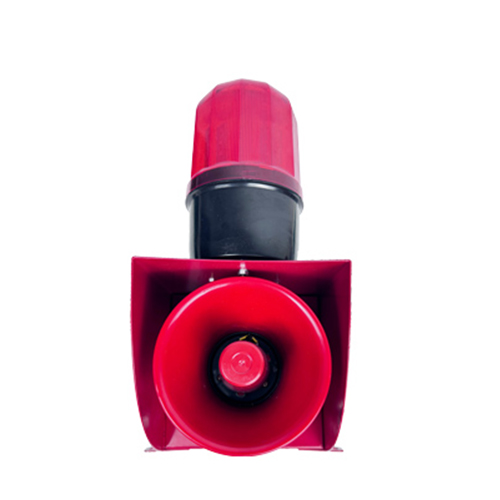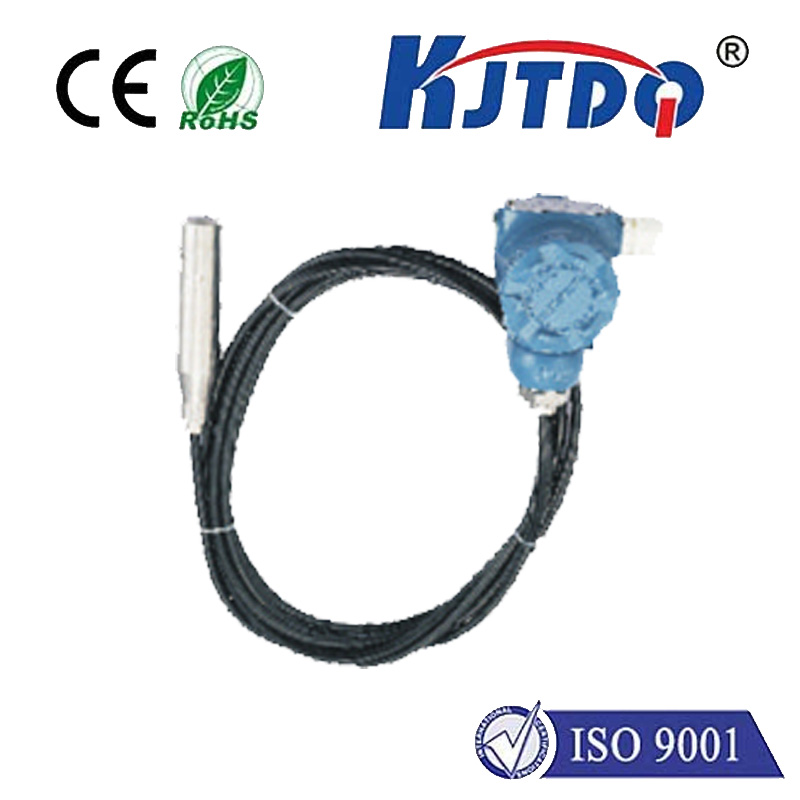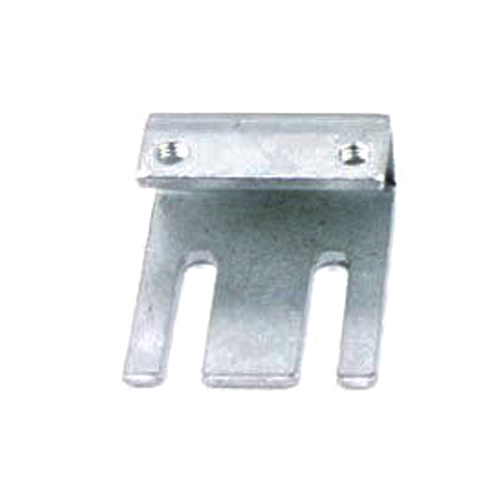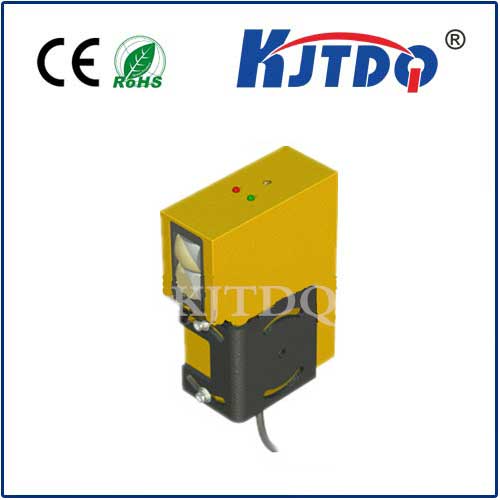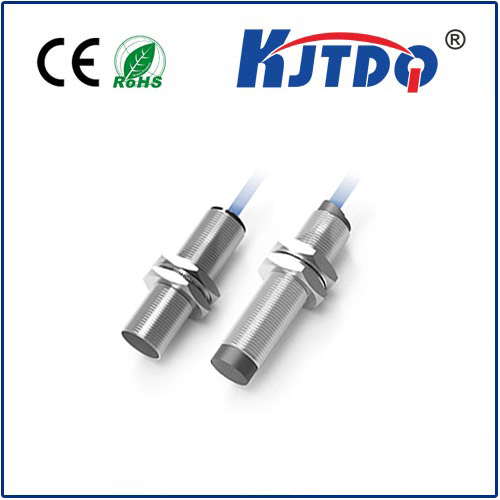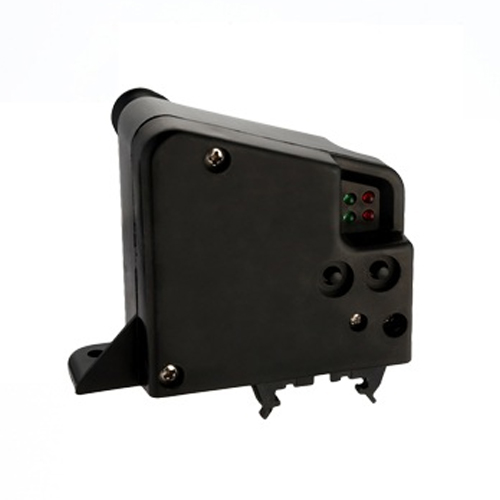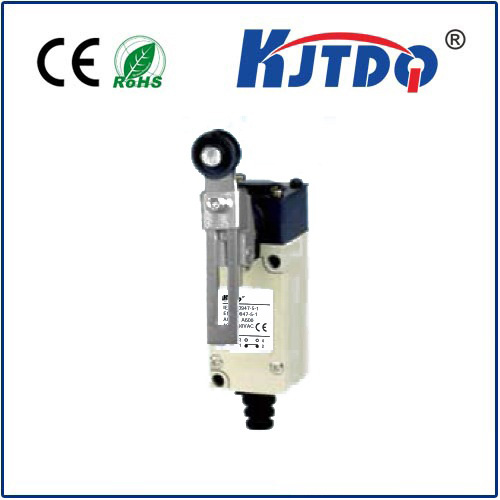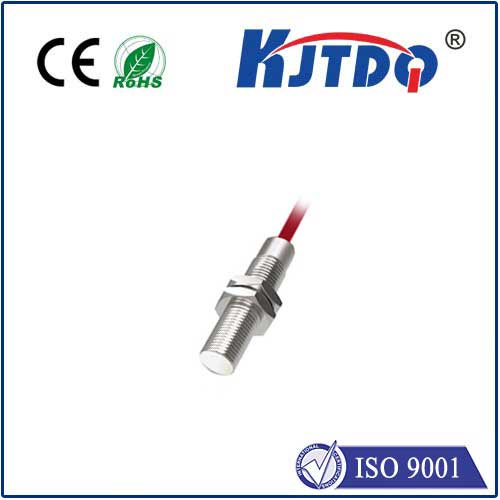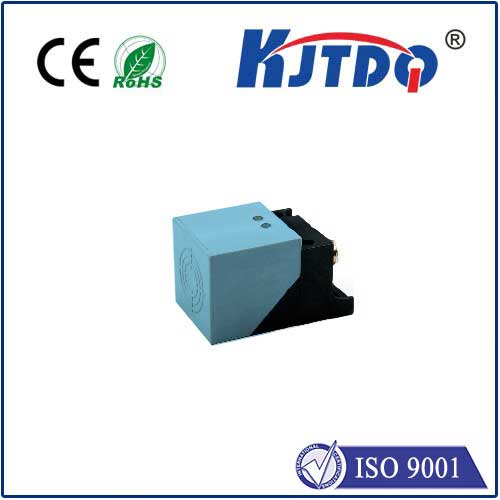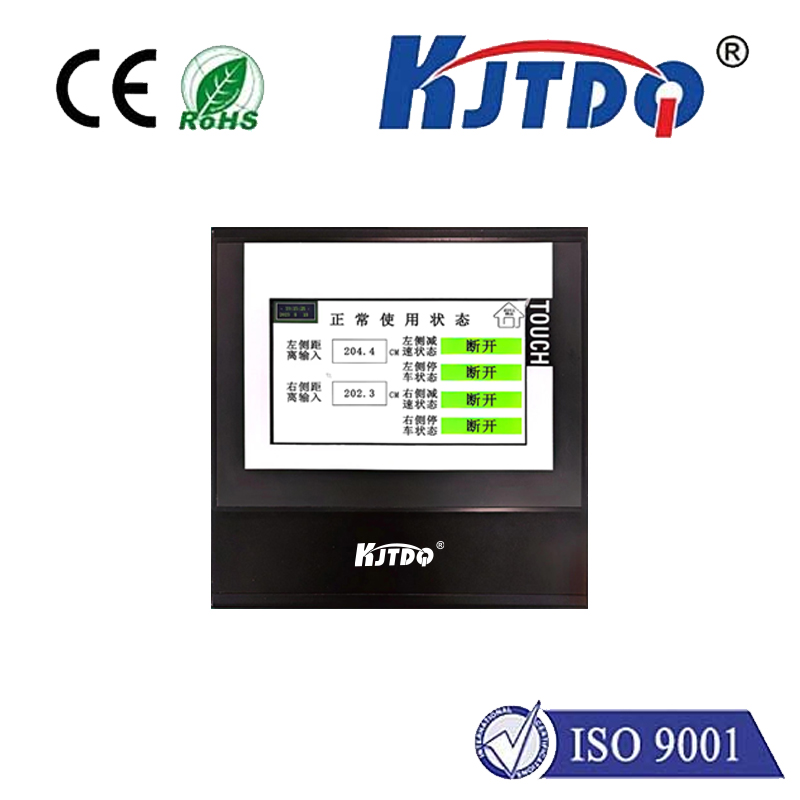

check

check

check

check
Laser sensors are an essential component in a range of industries, from manufacturing to automotive. They offer precise measurement and detection capabilities that make them highly effective for tasks like object recognition, speed and distance measurement, and quality control. Let's explore the different types of laser sensors and their unique applications.
The first type is the Time-of-Flight (ToF) laser sensor. This device measures the time it takes for a laser pulse to be reflected back to the receiver after hitting an object. It calculates the distance based on this timing information. ToF laser sensors are often used in robotics for navigation, obstacle detection, and ranging purposes.

Next is the Triangulation laser sensor, which works by projecting a laser beam onto an object and measuring the angle at which the light is reflected. The distance between the sensor and the object can then be calculated using trigonometry. Triangulation sensors are commonly found in industrial applications for gauging size, position, or shape.
Another type is the LIDAR sensor, which stands for Light Detection and Ranging. It uses multiple laser pulses to generate detailed 3D maps of its surroundings. This technology is increasingly being used in self-driving cars for real-time environmental mapping and navigation systems.
Lastly, there's the Industrial Laser Sensor, designed specifically for harsh environments and heavy-duty tasks. They are often used in manufacturing processes to ensure product quality and safety. These sensors can withstand extreme temperatures, vibrations, and shocks.
Each type of laser sensor has its own distinct advantages and specific use cases. By understanding these differences, we can select the most suitable sensor for our unique application needs, ensuring optimal performance and efficiency.
